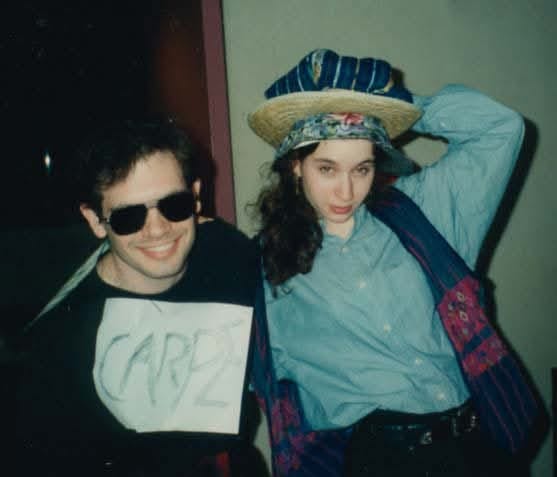“I will wear a costume after this war will finish”
With these words President Vlodomyr Zelenskyy addressed the literal question as to why he wears a military outfit rather than a suit. He also made a point about how something like a suit, a fairly standard attire, can itself be a costume and something put on to play a part. And a uniform can be something more authentic rather than something in which to dress up. This second point, while perhaps less impactful on the world stage, caught my attention heading into the month of Adar.
Adar is the month in which Purim is celebrated, an occasion of such joy that it makes the whole month one of increased happiness. Or so our Sages insist. Adar is also the occasion of a very difficult day for me and many of my friends. The 5th of Adar, beginning tonight, is the twenty-ninth anniversary since the first #18 bus bombing in Jerusalem, an act of terror perpetrated by Hamas that killed 26 people, among them my dear friend and classmate Matthew Eisenfeld and his soulmate Sara Duker, may their memory be a blessing. Painfully, I must also add that one of the architects of this mass murder was released as part of the first ceasefire agreement a few weeks ago. So a month dedicated to joy contains a palpable sorrow.
Within the name Adar, however, is contained a hint that is also at the heart of Purim and the Torah reading for this week. The word Adar is related to Aderet, a garment to wear. The happiness that must be felt on demand at this time is itself something we put on, a costume. Perhaps such a circumstance feels fake, even empty. Going through the motions and pretending to be happy. For me, though, the situation is reversed.The putting on the costume for the season is not fooling others but fooling ourselves into being allowed to bypass the sadness and embrace the joy. Because without recognizing joy, overcoming sadness becomes a fruitless task. This is not forced positivity or naivete, just a chance to feed ourself the joy that provides the nourishment our souls need.
Matt and Sara were very good at this. Each in their own way they were drawn to the bigger questions and the deeper challenges in a way that did not allow for wishing away problems or pretending that the world was not one that could break your heart. In addition to environmental science which demands facing frightening realities, Sara as an undergraduate tackled the Talmudic persona Elisha Ben Abuye, a Rabbi who lost his grip on faith in Jewish doctrine and law and became known as the Other, Acher. She found in him a kindred spirit of one who questions the foundation and even as she embraced a community of observance never let herself put aside the grappling. Matt, who would have been a Rabbi and was one of my main study partners, was both outwardly and inwardly in constant engagement with the hard questions. He wrote a commentary on Kohelet (Ecclesiastes) a book of the Tanakh that puts forth the possibility that all is meaningless and he wrote frankly in his diaries about the ways he wanted to push himself to achieve more, not only in the study of Torah but the pursuing of acts of kindness and ethical behavior, a practice he and Sara shared. And they wore their costumes.
Matt and Sara were not afraid to uncover their true selves and yet they were self-aware enough to not take themselves so seriously. I will always associate them as much with Purim costumes and silly hats as with the incredible depth of character and love of Torah that they embodied. They understood what it means to dress up and what it means to be yourself and how much overlap there was between them.
On this day in Adar, the day on which they died, I will put on my own costume, an aderet for adar. I will wear their memory as a blessing, and my own joy as a mask. A mask not to hide but to reveal something to myself.




